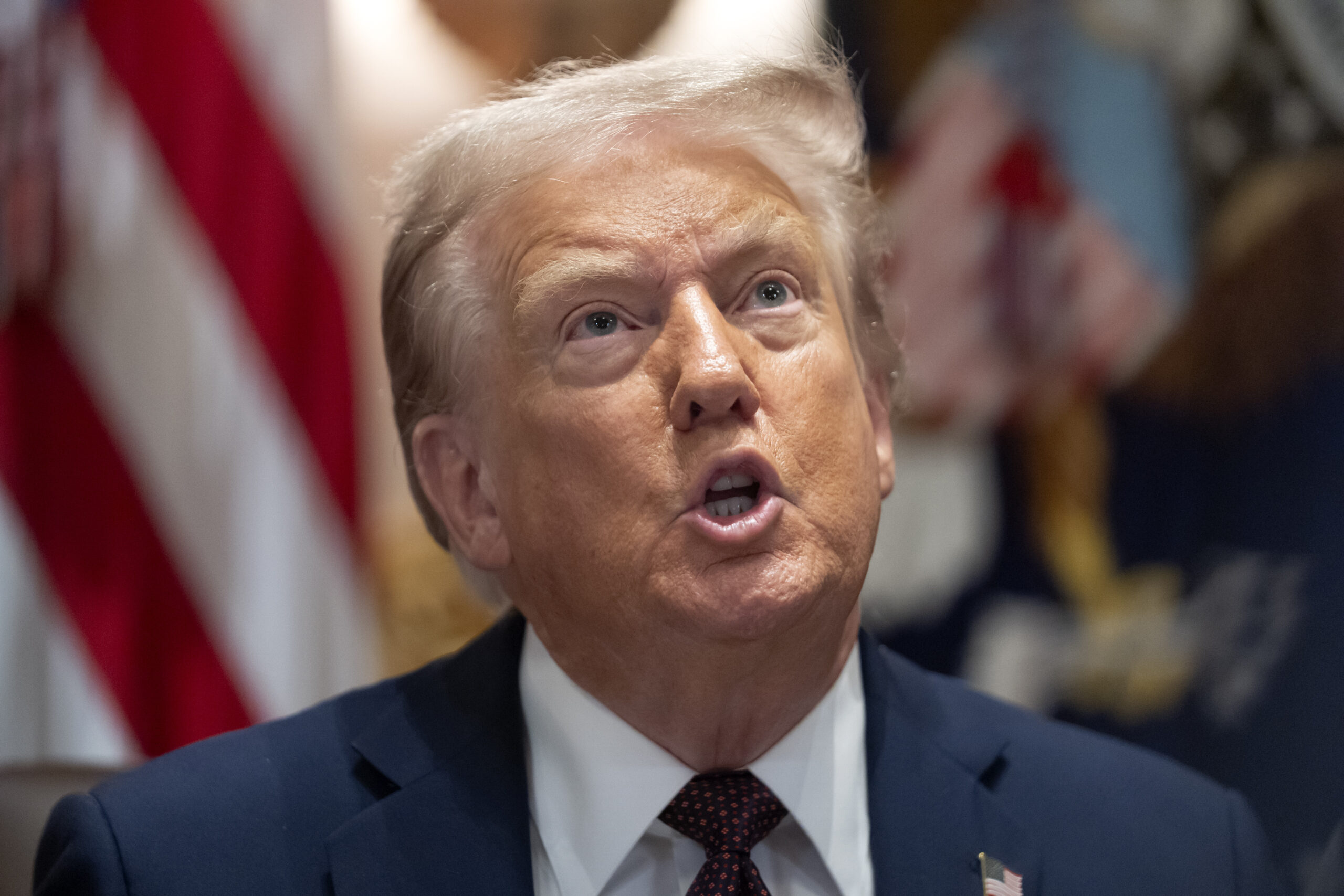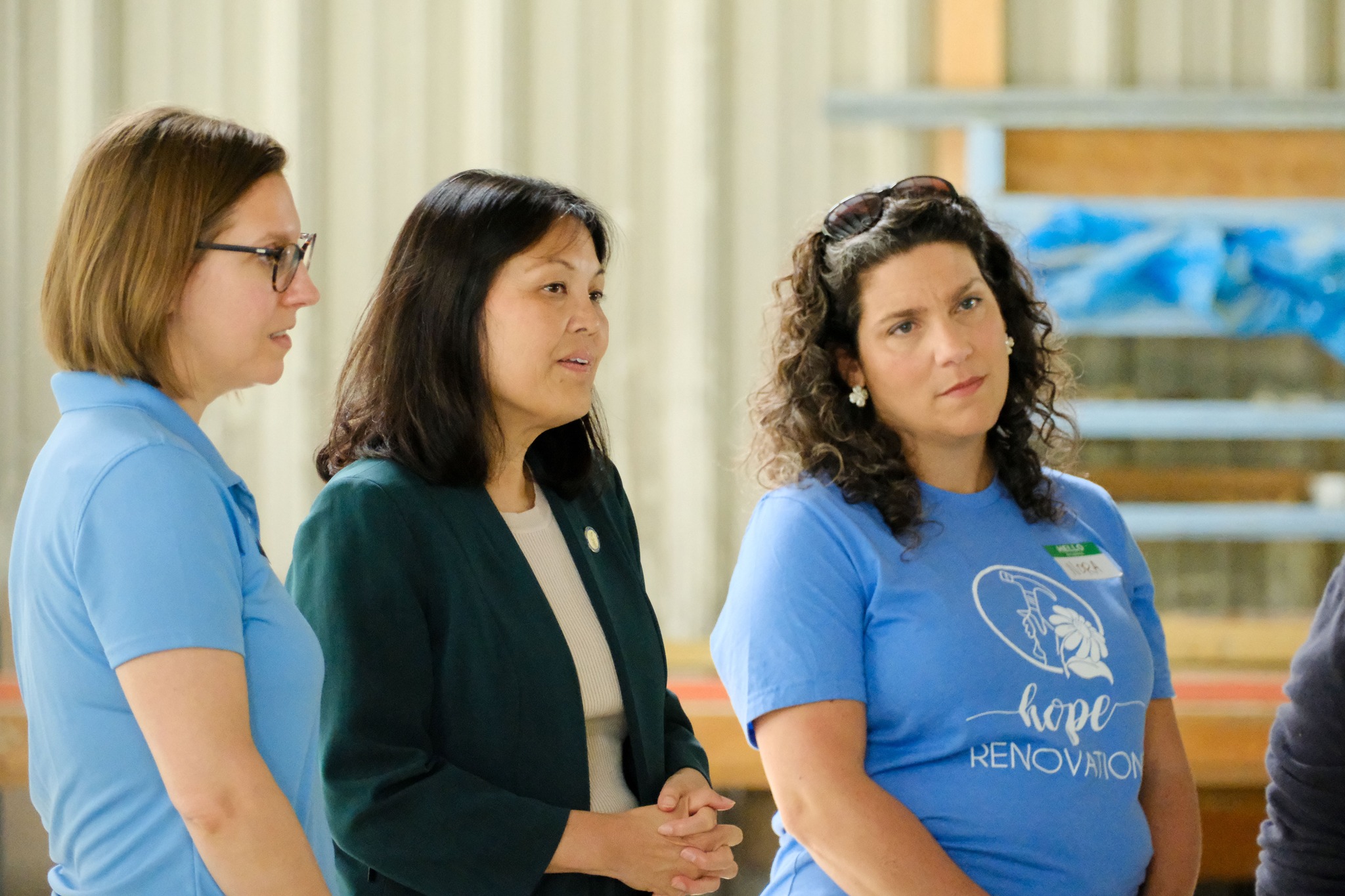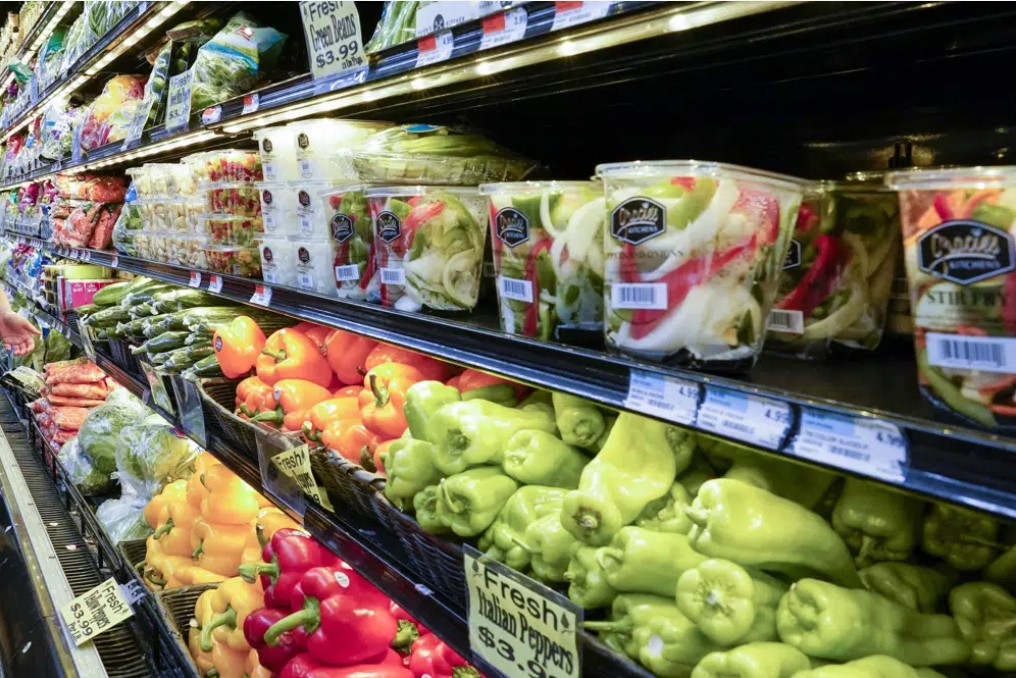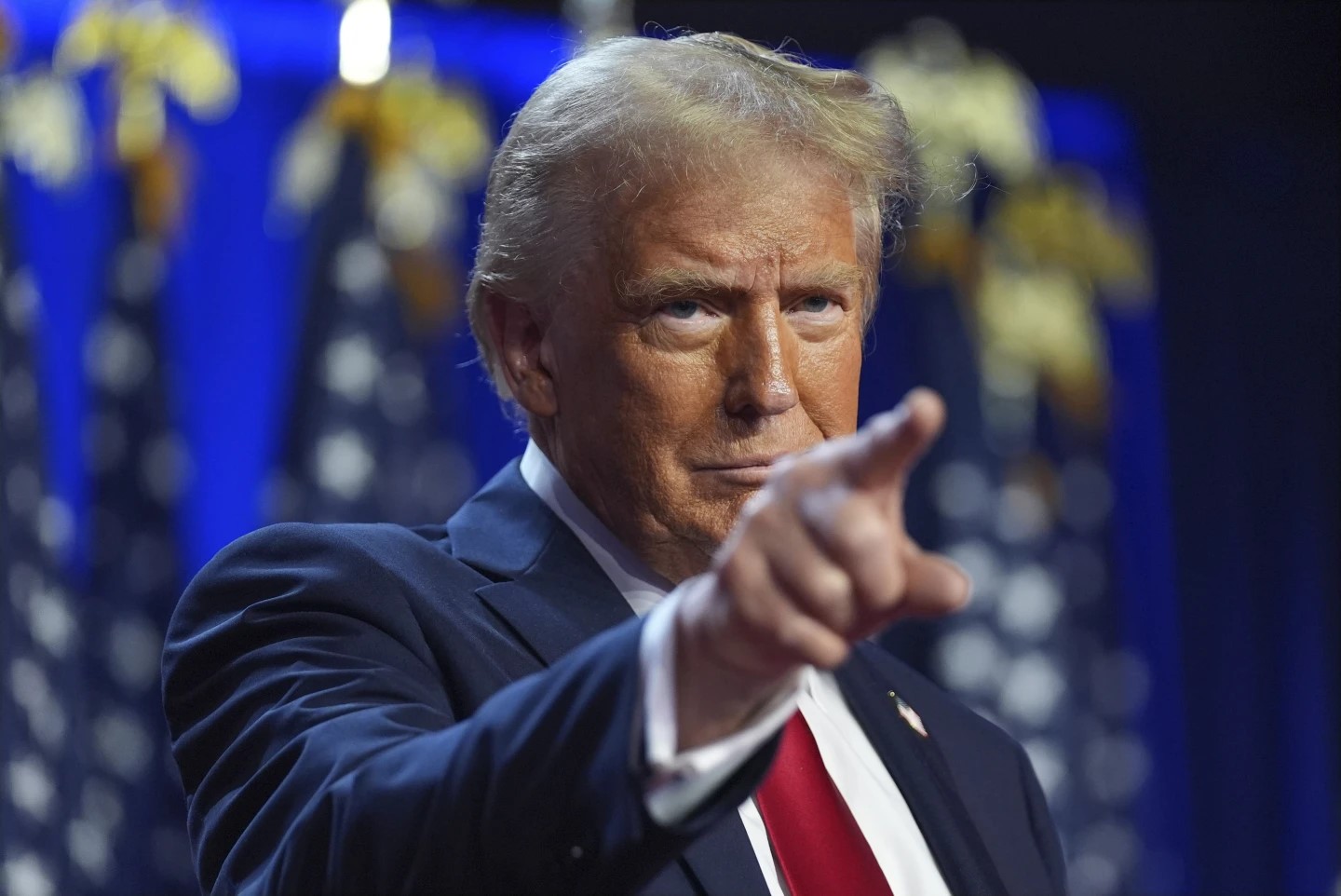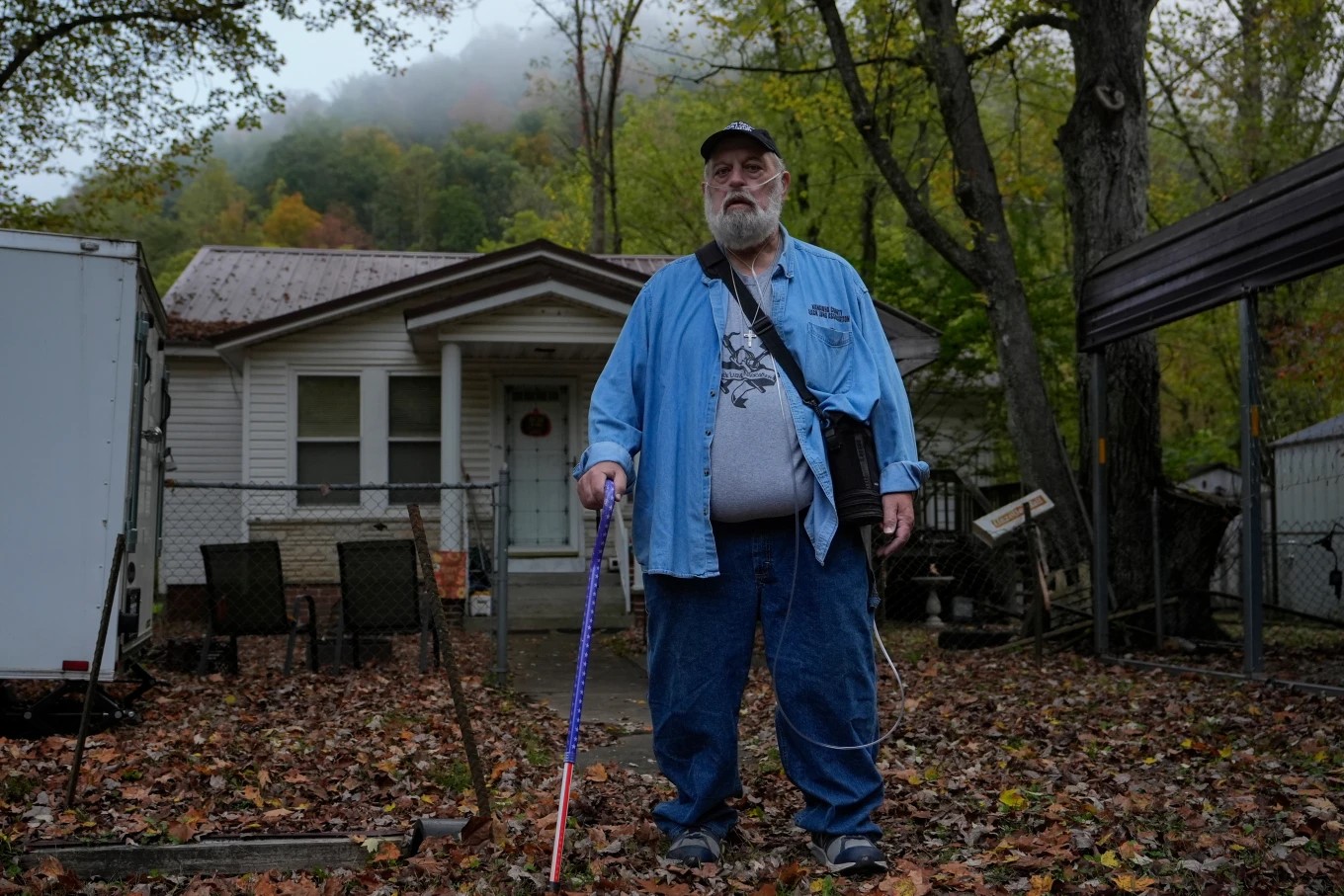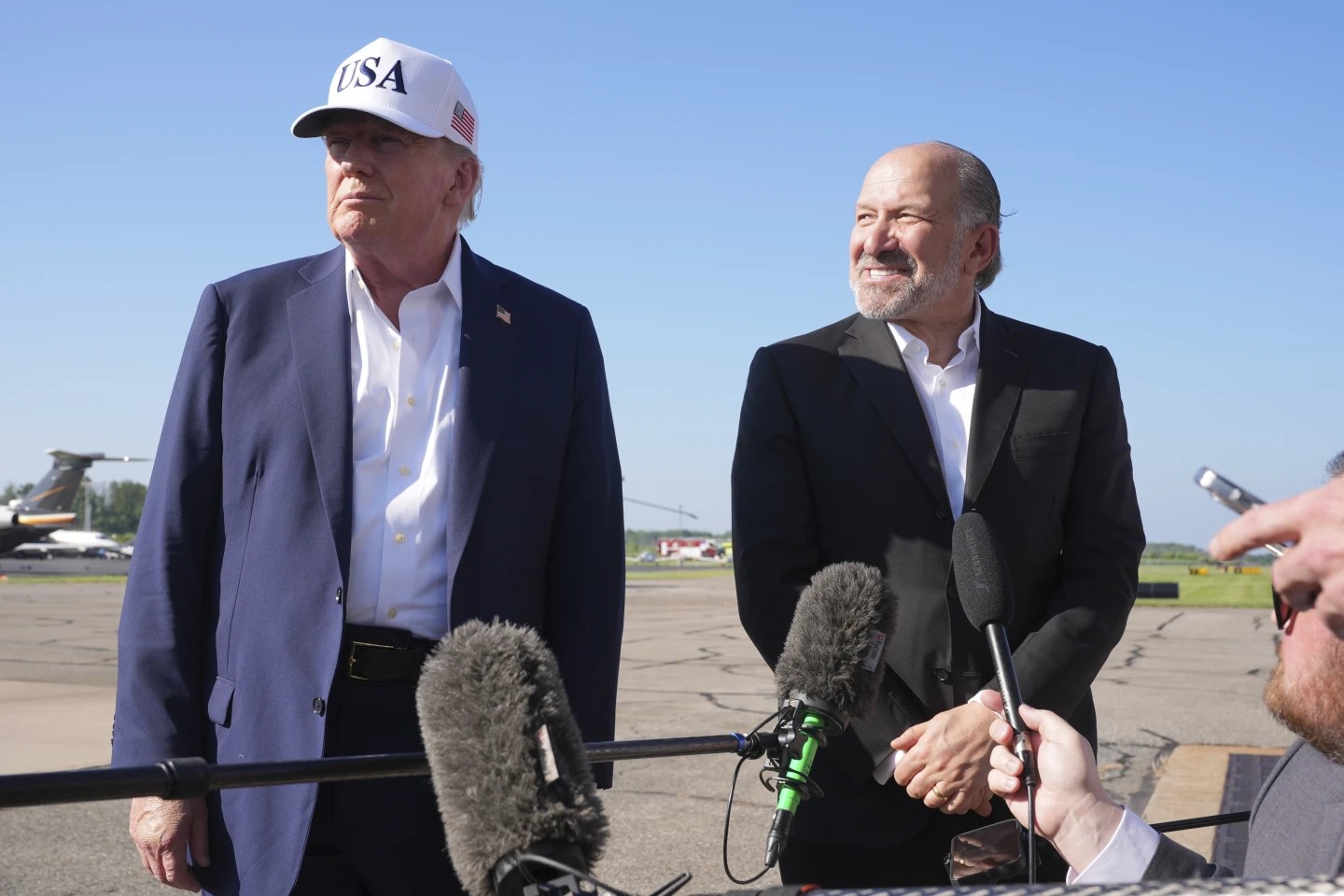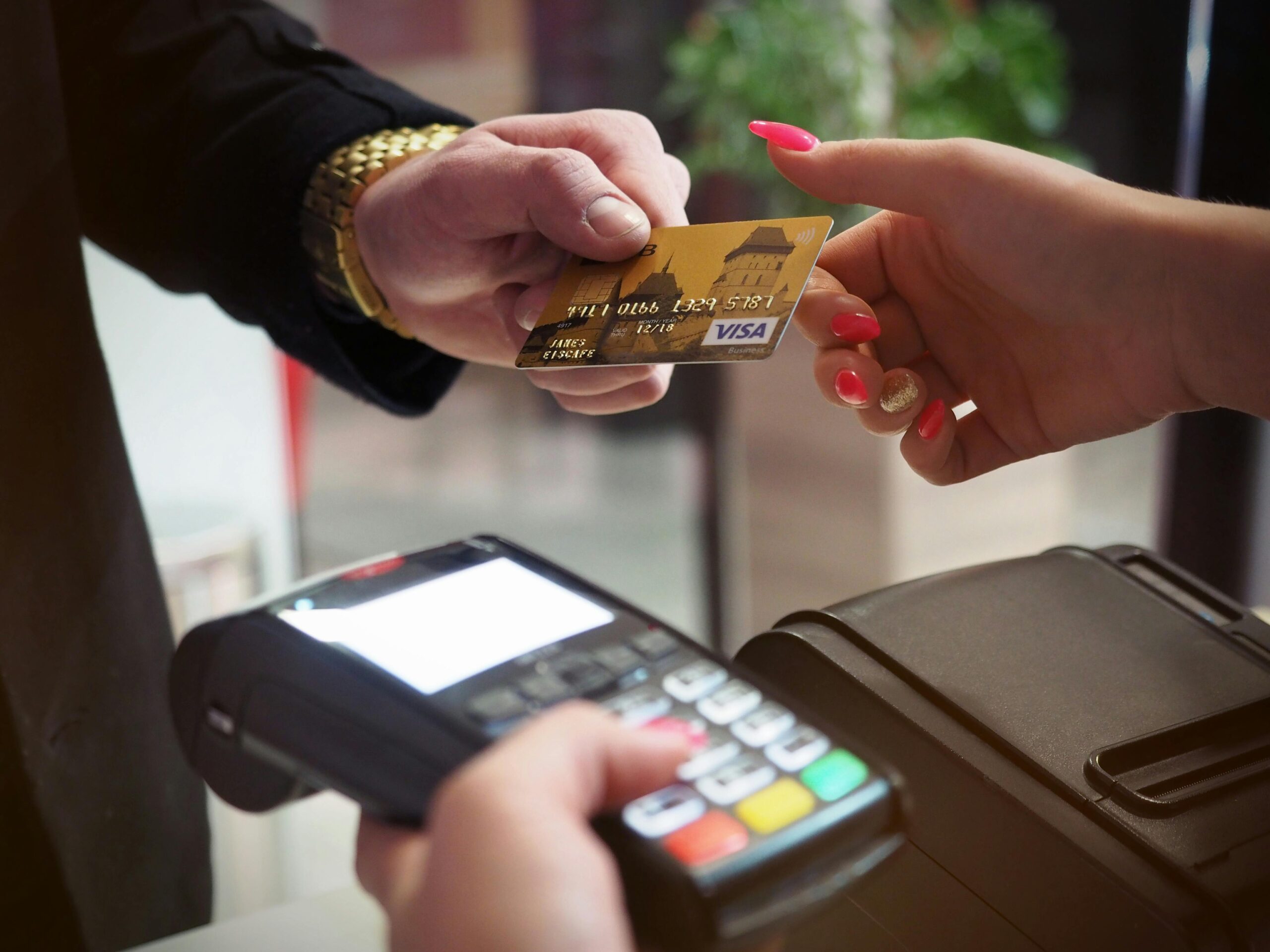The May employment report released by the federal government last week is relatively promising for the United States’ labor market. But underlying trends and declarations by President Donald Trump’s administration have experts saying there are still reasons to expect an economic slowdown — including economists at the UNC Kenan-Flagler Business School.
At the Frank Hawkins Kenan Institute of Private Enterprise’s latest economic briefing – which is held the first Friday of each month – research economist Sarah Dickerson said the U.S. saw a boost to job growth in April, with the unemployment rate remaining fairly low and wage increases staying in front of inflation.
“This was a very healthy jobs report and very encouraging in many ways,” she said. “But when we do this deeper dive into expectations, sentiment and all these other aspects of the economy, it does make you wonder if this is kind of the calm before the storm and if we could see more weakness in the year ahead in [the country’s] labor market.”
One of those aspects mentioned, consumer sentiment, is at a historically low rate after falling for several months – especially younger consumers, which goes against the typical trends for the 18- to 34-year-old age demographic. Combined with heightened consumer and small business concerns over economic policy, Dickerson said it highlights how the Trump administration’s approach is affecting spending and may eventually hit hiring rates.
“This makes it clear, to me, that consumers are worried,” she said. “They’re worried about how all this uncertainty will affect their banks accounts and job security.”
At the heart of these economic trends, according to Dickerson, is Trump’s trade policies – specifically his tariffs. While the administration has already scaled back some of its penalties on imports and exports, the rates are still in the range not seen since the early 1900s. Several industries are expected to raise prices on supplies and products as a result, which also affects prices for both consumers and businesses. Between the tariffs, the downturn in consumer sentiment and the first time in three years the United States’ GDP contracted across a quarter, the research economist said there is plenty to raise concern about for the rest of 2025.
Still, Dickerson hesitated to go as far as predicting these indicators are forecasting a true recession. While the risk of one is higher than it was even a few months ago, she said economists feel more confident predicting a gradual economic slowdown because of the resiliency of other data points – like the jobs report. As the Trump administration continues its current approach, key factors that could ultimately move a slowdown into a recession are how consumers and businesses respond to the trade policies, whether there are any cuts to interest rates, and whether the tariff conditions are adjusted to soften the financial blow.
“At the end of the day,” Dickerson said, “I think that all of these elements are going to be important in determining whether or not we have a recession this year, potentially next year, and we’ll have to continue monitoring them in the months ahead.”
The full monthly briefing from the Kenan Institute of Private Enterprise at UNC can be watched on the institute’s YouTube channel and on its website.
Chapelboro.com does not charge subscription fees, and you can directly support our efforts in local journalism here. Want more of what you see on Chapelboro? Let us bring free local news and community information to you by signing up for our newsletter.


